Foreword (序)
In 2012, to celebrate having been opened for a hundred years in 2014, Taipei Zoo outsourced the collation and codification of the history of the zoo, where a doctoral student, Sheng-kai Hsu, directed by me, is in charge of the task of putting together the park history and compiling the data, where in the end 400 pages, more than 100,000 words of A Century of Taipei Zoo: 1914-2014 (Chinese) was completed. Later, for the convenience of the zoo to facilitate international exchanges, the hundred-year history was further rewritten into this brief history book, and published in English translation. Furthermore, the historical documents about the zoo were collected and compiled into more than 30 volumes of park history information compilation and catalogs. These are kept within the zoo.
With the milestone of having gone through a century, the Zoo published the zoo history, on one hand, to celebrate the centennial birthday, and, on the other hand, to provide a reading material for the public to understand the history of the Zoo, which is highly educational. From Yuanshan to Muzha, experiencing the Japanese rule, the early postwar hardship, the turning point in the 1970s, to the large, modern zoo today, the history of Taipei Zoo is not just a history of the zoo itself, just like what is said in the "Preface" of this book, it sidelights the development of the society in Taiwan for the past century, describes the interaction between the zoo and the society, and also records the evolution of the relationship between humans and animals. The text of this book strives to be plain, along with appropriate pictures to facilitate reading, for the convenience of inquiry of the various sectors. It is rich with content, and is well worth reading.
The nature of this book is the history of an institution, and the direction is modernization, which is how Taipei Zoo went from a local pre-modern zoo and walked towards a world-class modern zoo. The author pointed out: set up during the Japanese Period, the historical significance of Yuanshan Zoo today is in its “Opening.” Many regulations and designs of a modern zoo, including its internal organizational regulations, visitor-path plan, and visitor management practices already appeared during this period. After the end of World War II, the government of the Republic of China took over Taiwan. Because of the war, the Zoo lost many precious animals, and while the lack of funding for renovation, Animal Performances became the dawn of rebuilding the zoo bringing more than 3,000,000 annual visitors.
However, looking at a modernized zoo today, which must contain the four major functions, namely recreation, education, research, and conservation, whether it was the Yuanshan Zoo during the period of Japanese rule or before the 1970s, it could only be said as a pre-modern zoo. When Taipei City Government decided to move Yuanshan Zoo to the present Muzha site in 1974, Taipei Zoo entered an “important turning point of modernization,” and in the 12 years until the official relocation of the Zoo in 1986, the four major functions that symbolize modernization started to sprout and became development goals. In the ten years after the relocation of the Zoo, there was an absorption and growth period. Because of the lack of various experiences in modernization, the Zoo gradually adjusted to be on track through learning, and so as to expand the footsteps of modernization, the speed of internationalization was accelerated. Starting from 1997, after Muzha Zoo has been opened for more than ten years, the Zoo stepped into the “modernized developmental stage,” the connotation of conservation and education deepened, the new exhibition areas were completed in succession, and star animals were introduced, it had become the familiar Muzha Zoo that we know today.
In recent years, under the efforts of arts and cultural creators, some Taiwanese historical stories have been adapted into novels, comics, and have even leapt onto major television and silver screens. Have we ever thought to use the "zoo" as the background story, and perhaps it could become the theme for the next historical novel, comic, or movie? No matter how it is presented, before the history of the Zoo is organized, this might have only been an imagination, because we don't know what has happened in the past in the zoo. Today, after this zoo historical book has come out, it seems that the appearance of these works can be expected. For the arts and cultural creators, there are also more historical basis and source of imagination. This is why this foreword is written.
Chairman of Taiwan Historical Association
Chin-tang Tsai
(臺灣歷史學會理事長 蔡錦堂)



 天天爆殺
天天爆殺  今日66折
今日66折 
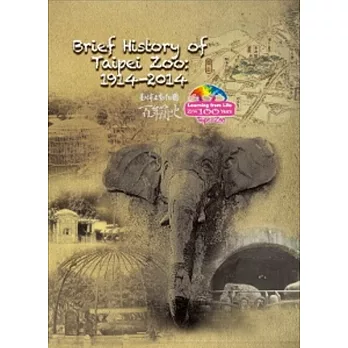
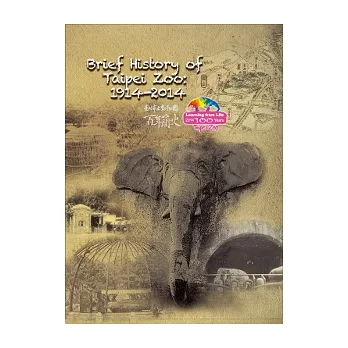
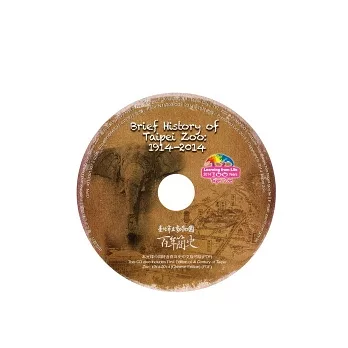
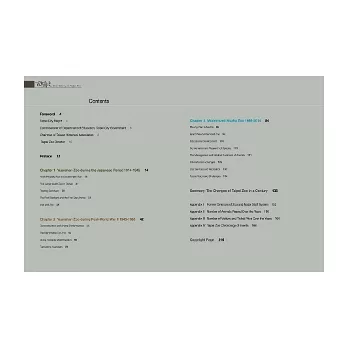
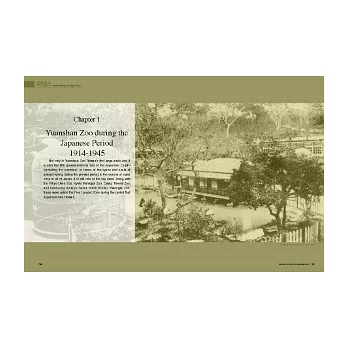
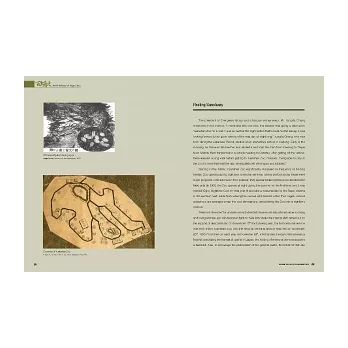
























 博客來
博客來 博客來
博客來 博客來
博客來 博客來
博客來 博客來
博客來